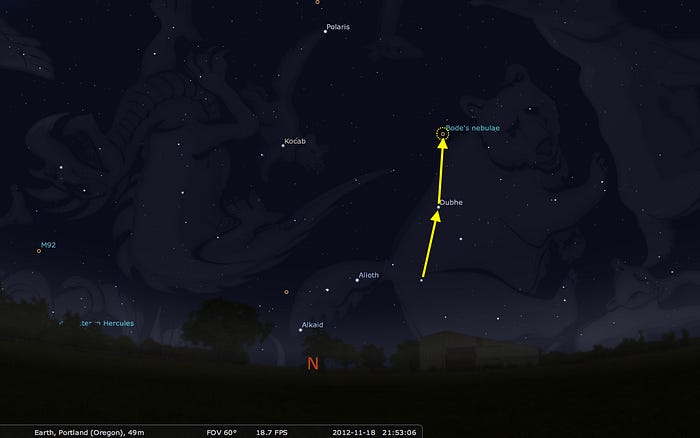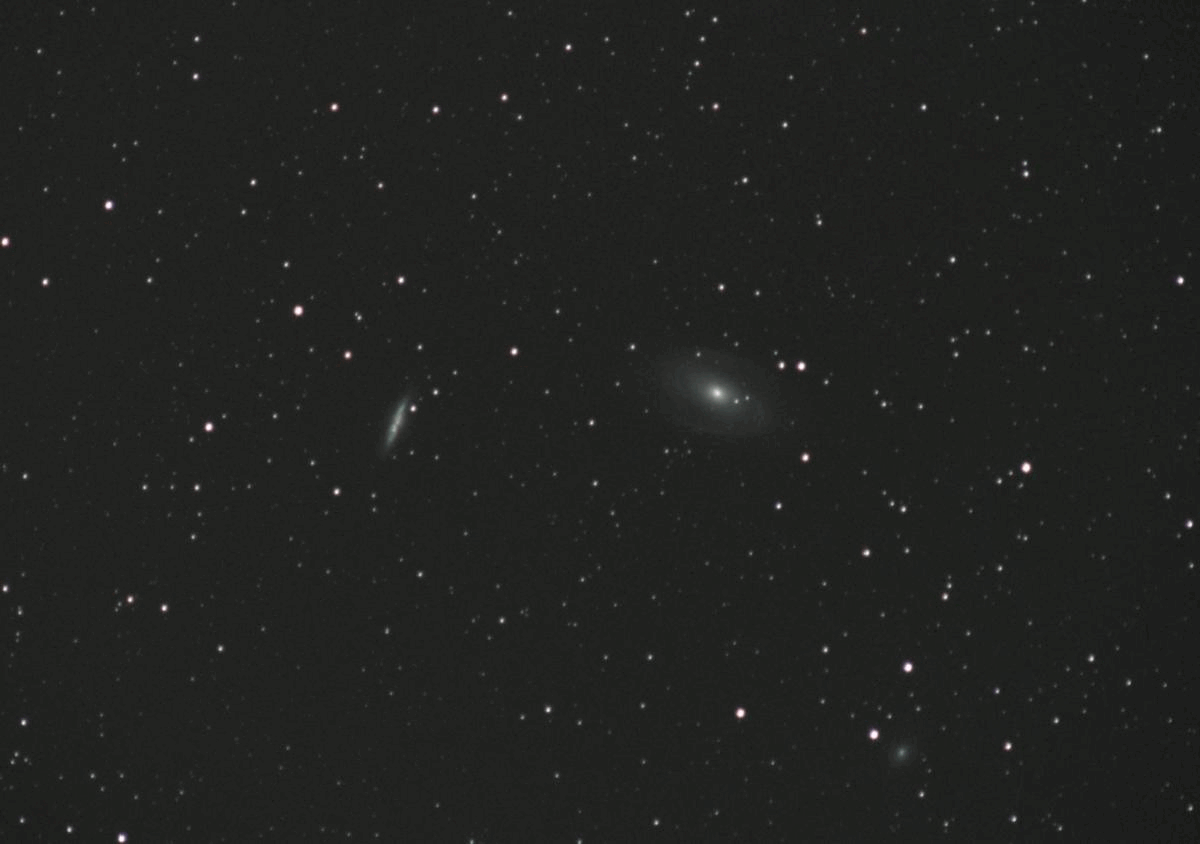The huge mosaic released by ESA’s Euclid space telescope on October 15, 2024, accounts for 1% of the wide survey that Euclid will capture over six years. The location and actual size of the mosaic on the Southern Sky is shown in yellow. This all-sky view is an overlay of ESA Gaia’s star map from its second data release in 2018 and ESA Planck’s dust map from 2014. Credit: ESA/Euclid/Euclid Consortium/NASA; ESA/Gaia/DPAC; ESA/Planck Collaboration
A new 208-gigapixel cosmic map, capturing 132 square degrees of the Southern Sky, was unveiled, marking the start of a six-year journey by the Euclid mission to create the largest 3D cosmic map, revealing the universe in unprecedented detail.
The first section of Euclid’s map, a massive 208-gigapixel mosaic, was unveiled at the International Astronautical Congress in Milan, Italy, by ESA’s Director General Josef Aschbacher and Director of Science Carole Mundell.
This mosaic is composed of 260 observations taken between March 25 and April 8, 2024. In just two weeks, Euclid managed to capture 132 square degrees of the Southern Sky with incredible clarity—an area over 500 times larger than the full Moon. READ MORE...






